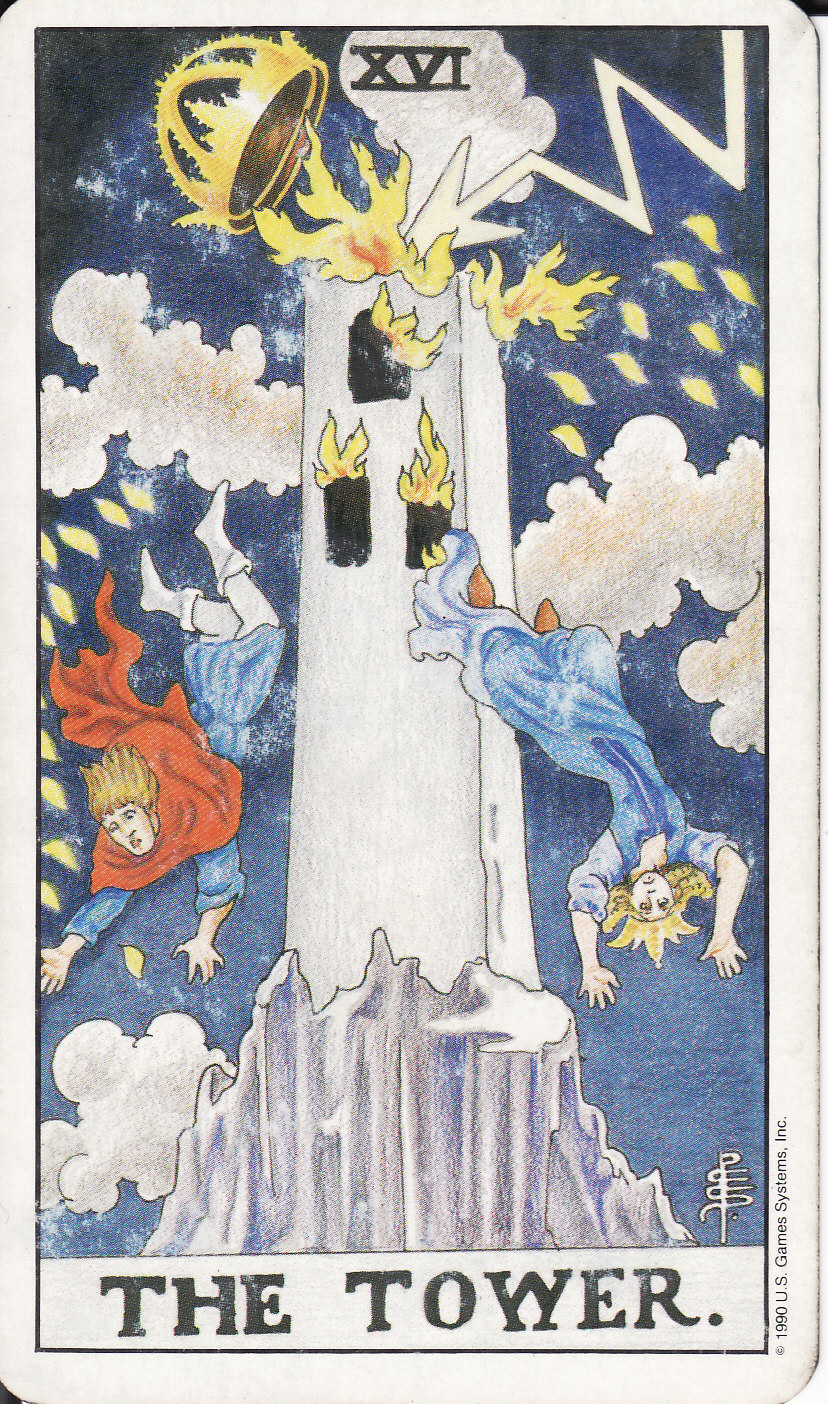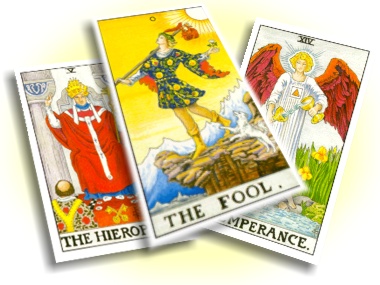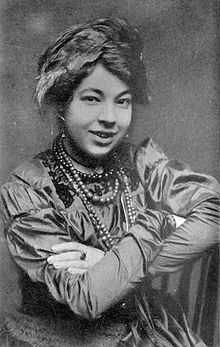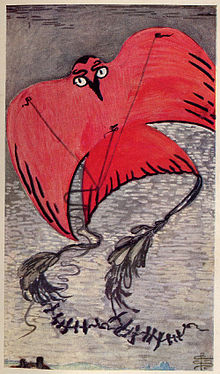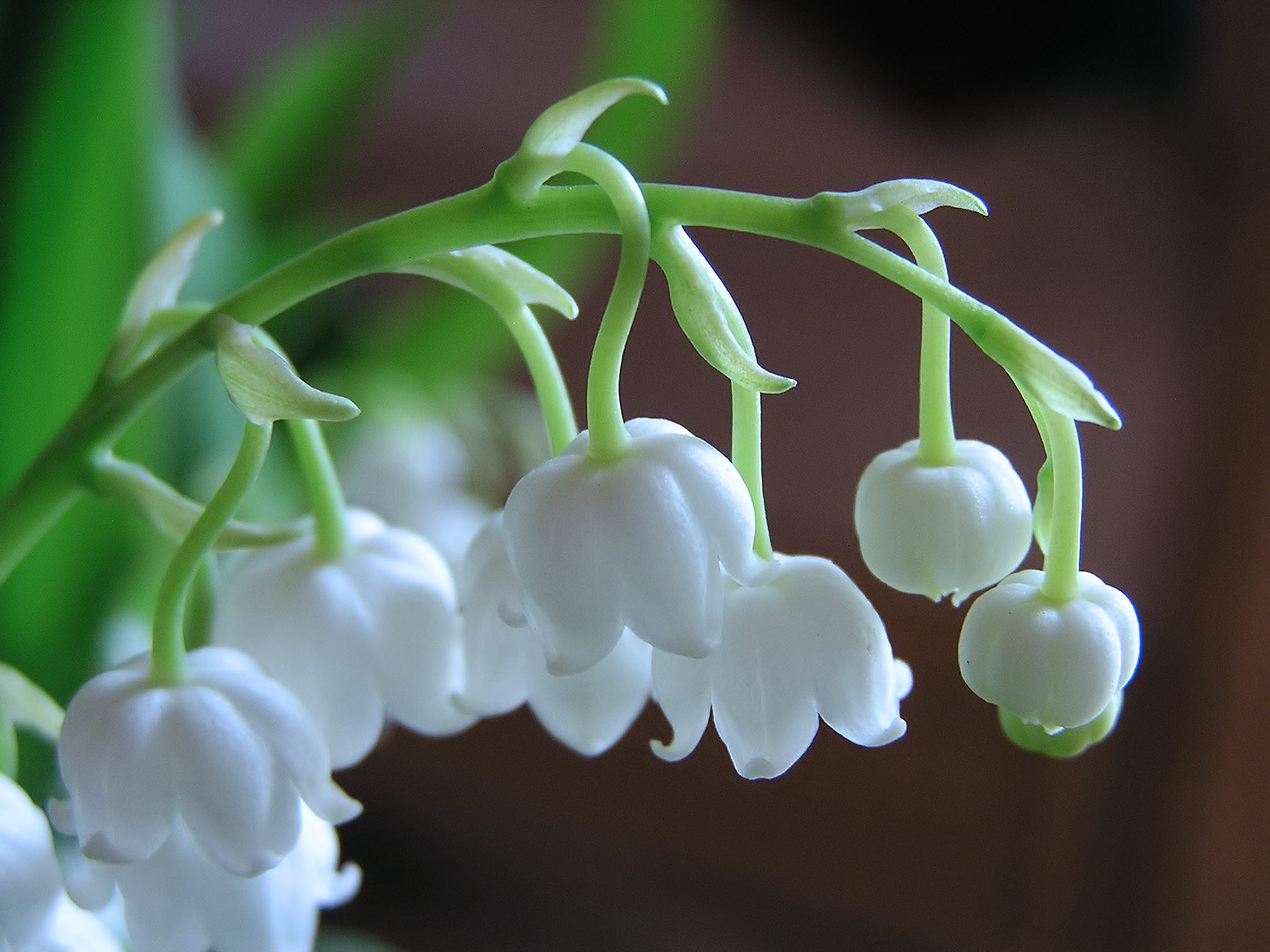
Lily of the Valley is considered a “masculine” plant, dedicated to Mercury and associated with the element of Air. If you dream of Lily of the Valley, it can be indicative of a desire to flee the constraints of day-to-day life or re-discover the simple joys of nature.
Lily of the Valley, the flower of May much as emerald is the birthstone of May, since Maia, the daughter of Atlas, was the mother of Mercury. The flower is known by many names: May Lily, Our Lady’s Tears, and Jacob’s Ladder among them. (Daffodil, known as “lent lily,” and the well-known Easter Lily make this May Lily part of a springtime lily sequence.) Associated with the planet Mercury for astrological purposes and the healing gods Apollo and Aesculapius, the Lily of the Valley is a potent plant for magical medicinal purposes and for increasing mental abilities. It can therefore be considered related to the suit of Swords in the tarot deck.
However, all parts of the plant are highly poisonous, including the red berries which may be attractive to children. If ingested—even in small amounts—the plant can cause abdominal pain, vomiting, and a reduced heart rate.
IF YOU LIKED THIS POST ABOUT THE FOLKLORE & OCCULT QUALITIES ASSOCIATED WITH LILY-OF-THE-VALLEY, CLICK HERE TO SEE MY FANTASY NOVELS IN WHICH ALL THE MAGIC AND SUPERNATURAL EVENTS ARE BASED ON AUTHENTIC MEDIEVAL-RENAISSANCE OCCULT BELIEFS AND PRACTICES.

